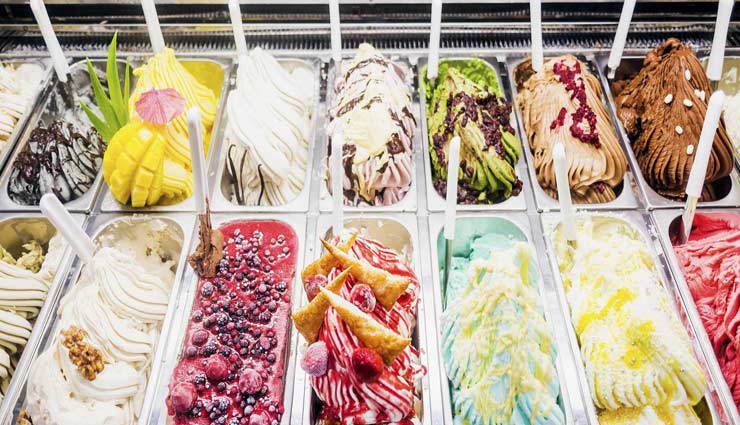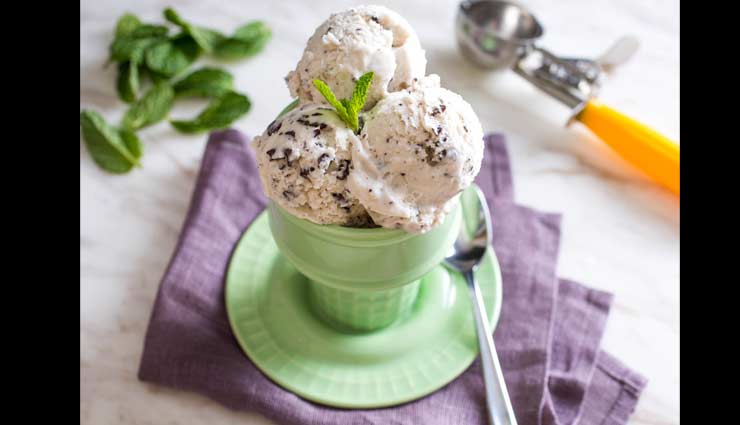
* Halo-halo, Philippines
Many Asian countries have their own version of shaved ice, milk and a mishmash of toppings, but few are as vibrantly violet (or customisable) as halo-halo. Some vendors use leche flan (caramel custard), sweetened banana or sago pearls (balls of spongy starch grown in Southeast Asia), while others dare to sprinkle on cheese and cornflakes. The name translates as ‘mix-mix’ – whatever you add, the idea is to stir it all together into one delicious, frozen mush.

Açaí bowls have roots beyond the realm of health influencers. This palm fruit grows deep in the Amazon rainforest and has been used as a calorie-rich meal staple by local communities for hundreds of years (often eaten with rice). It took Brazil’s more cosmopolitan south to mash it into a purple pulp, top it with granola and bananas and serve it for breakfast. Much to the horror of northerners, city slickers also add sugar to turn it into a dessert.
* Coupe Colonel, France
This adult treat is part dessert and part digestif, made by pouring a shot of vodka on lemon sorbet. It’s a simple pleasure that’s popular in dining rooms from Belgium to Argentina, with strong ties to France. Post-war posters suggest that Coupe Colonel is best enjoyed with a Russian cigarette, hinting at its links to high-society indulgence.
Iran is credited as the birthplace of frozen desserts, yet it didn’t develop its own version of what we know as ice cream until the 1920s. Local entrepreneur Akhbar Mashti’s groundbreaking treat was such a hit that his recipe has become the traditional Persian standard.
* Patbingsu, South Korea
Many South Koreans share the childhood nostalgia of being dwarfed by this gigantic mound of shaved ice, condensed milk and the most essential topping: red beans. These legumes are simmered in sugar water for hours to achieve optimal mushiness, creating a delightful contrast of textures. Patbingsu is often garnished with tteok (chewy rice cakes) and a fine-grain powder called misugaru. Remove the red beans (‘pat’) and you’ve got bingsu.